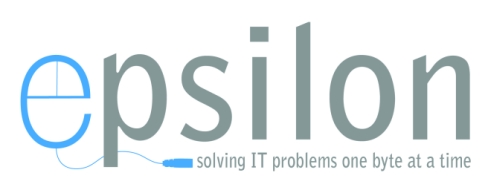5G is coming, and with it a massive boost in bandwidth that will feed artificial intelligence applications, enable the long-fabled internet of things, and deliver more streaming video. Lots of streaming video. But all that extra bandwidth won’t be much use if the average consumer can’t afford a 5G connection, or if those connections are hobbled by restrictive bandwidth caps.
When the major carriers rolled out 4G in the early 2010s, it typically wasn’t offered as a separate service from their existing 3G networks. 4G speeds were used as a selling point where they were available, but they didn’t cost consumers directly. That might not be the case with 5G.
Verizon on Wednesday announced what could be the first “real” mobile 5G service in the US, dubbed 5G Ultra Wideband. It’s scheduled to launch April 11 in “select areas” of Chicago and Minneapolis as a $10 add-on to the carrier’s existing unlimited plans; there will be no additional charge for the first three months. The first 5G-capable phone for Verizon’s network will be the Motorola Moto Z, which requires an additional $50 hardware accessory called the “5G moto mod” to actually use the new service. The company plans to expand to at least 30 cities this year.
Verizon isn’t advertising specific speeds but says the service will use millimeter-wave technology, a key part of the official 5G spec.
